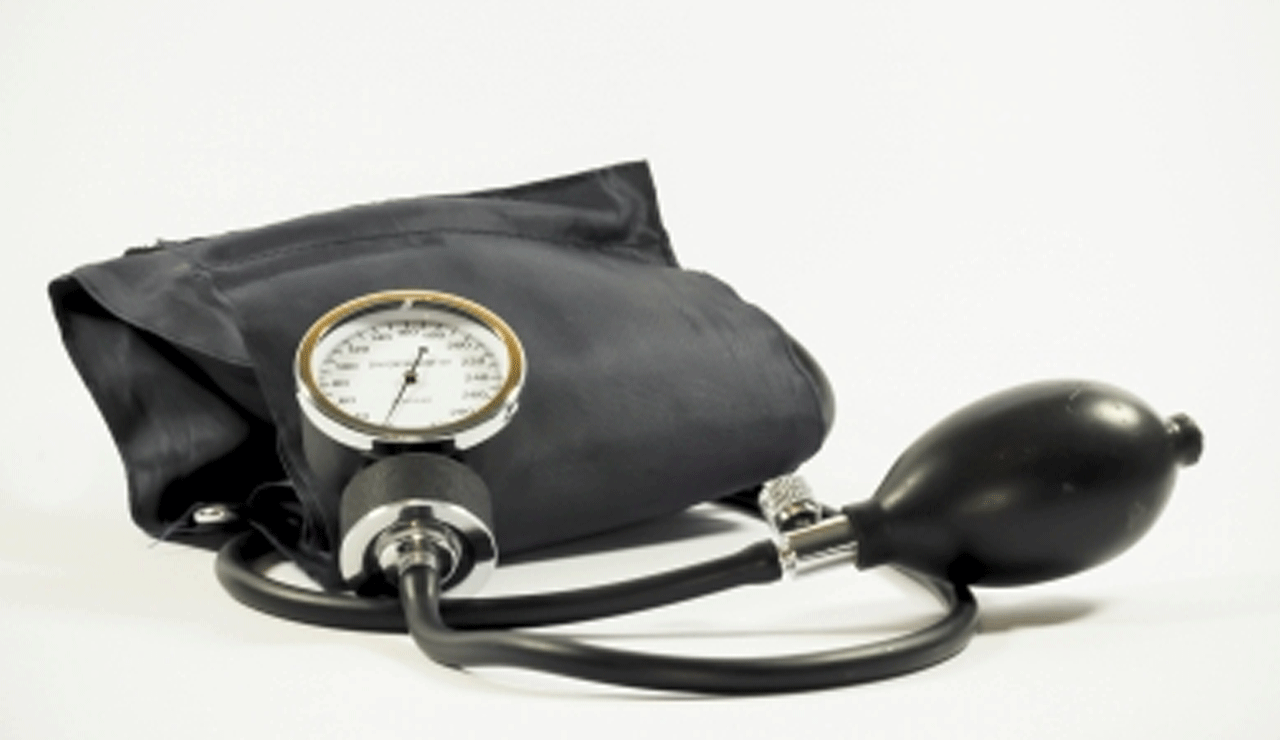Blood Pressure Patterns in Early Pregnancy Can Predict Hypertension Risk Years Later
lood pressure patterns observed during the first half of pregnancy, even among women without hypertensive disorders of pregnancy (HDP), can predict the risk of developing hypertension up to 14 years after childbirth, according to a new study

New Delhi: Blood pressure patterns observed during the first half of pregnancy, even among women without hypertensive disorders of pregnancy (HDP), can predict the risk of developing hypertension up to 14 years after childbirth, according to a new study.
Table of Contents
High Blood Pressure and Heart Disease Risk
High blood pressure is a well-known risk factor for heart disease, which remains the leading cause of death worldwide. The study, published in the journal Hypertension, focuses on postpartum women who are not currently classified as high-risk for future hypertension or cardiovascular disease due to the absence of HDP during pregnancy.
Also Read: Virat Kohli: Will He Miss the Next Match? RCB Head Coach Gives Major Injury Update
Understanding Hypertensive Disorders of Pregnancy (HDP)
HDP includes serious pregnancy-related complications such as preeclampsia and gestational hypertension, both of which significantly increase the risk of heart disease later in life.
Key Findings of the Study
A research team led by scientists from the University of Pittsburgh, USA, discovered that certain blood pressure patterns within the first 20 weeks of pregnancy could indicate a higher likelihood of developing hypertension in later years.
The study followed 174,774 women who received prenatal care at Kaiser Permanente Northern California between 2009 and 2019. None of these women had pre-existing hypertension, kidney, liver, or heart disease, nor a history of preeclampsia before pregnancy.
Researchers tracked their health records for up to 14 years post-delivery to identify new cases of hypertension.
Identifying High-Risk Groups
The study identified six distinct blood pressure trajectory groups, ranging from ultra-low to elevated-stable patterns. Women with elevated-stable blood pressure patterns were found to be at the highest risk.
Even among women who did not develop HDP, those with higher-risk blood pressure patterns—including elevated-stable patterns—were 11 times more likely to develop hypertension years later than women with lower-risk blood pressure patterns.
Importance of Early Intervention
The study highlights that blood pressure trajectories during early pregnancy can help stratify long-term hypertension risk, even for women without HDP.
Researchers emphasize the need for early identification of high-risk women, targeted medical surveillance, and preventive interventions to reduce future heart disease risks.
